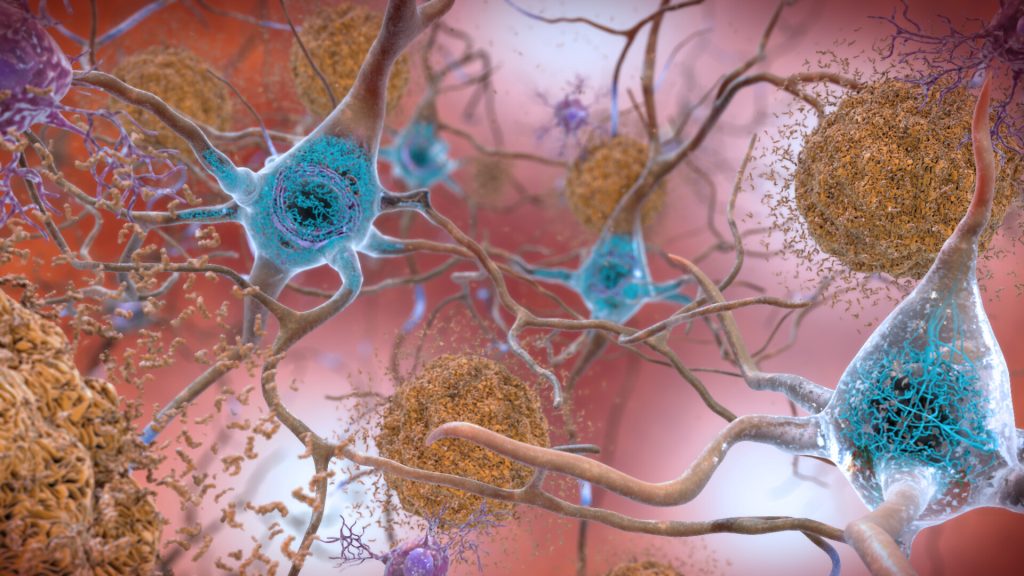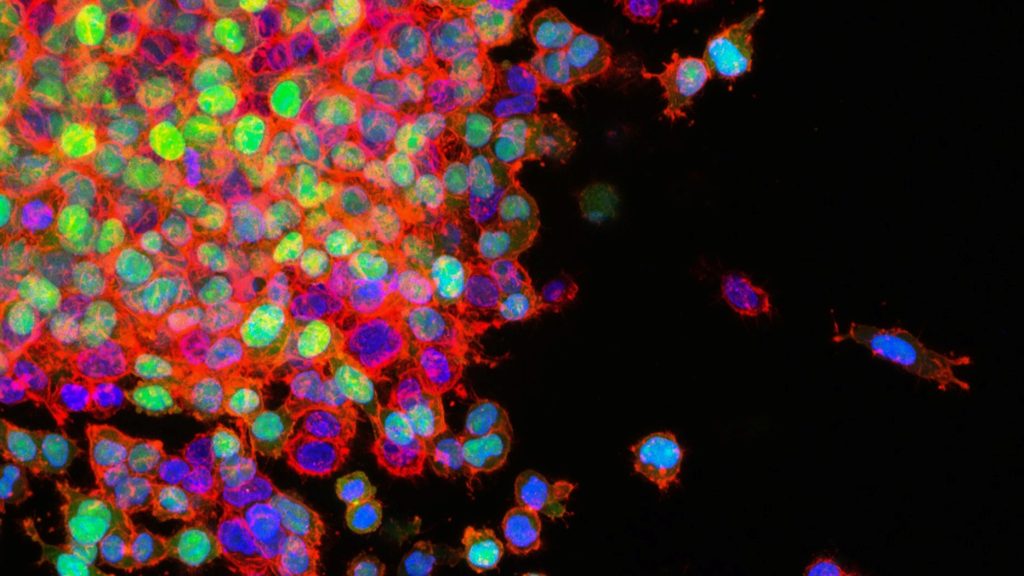Increased Alzheimer’s Disease Risk Seen after COVID Infection

In a study published in the Journal of Alzheimer’s Disease, researchers report that people 65 and older who were infected with COVID show a substantially higher risk, up to 80% higher than without infection, of developing Alzheimer’s disease within a year, according to a study of more than 6 million patients 65 and older. The researchers found that the highest risk was observed in women at least 85 years old.
The findings showed that the risk for developing Alzheimer’s disease in older people nearly doubled (0.35% to 0.68%) over a one-year period following infection with COVID. The researchers say it is unclear whether COVID triggers new development of Alzheimer’s disease or accelerates its emergence.
“The factors that play into the development of Alzheimer’s disease have been poorly understood, but two pieces considered important are prior infections, especially viral infections, and inflammation,” said study co-author Professor Pamela Davis at the Case Western Reserve School of Medicine.
“Since infection with SARS-CoV2 has been associated with central nervous system abnormalities including inflammation, we wanted to test whether, even in the short term, COVID could lead to increased diagnoses,” she said.
The research team analysed health records of 6.2 million adults 65 and older in the US who received medical treatment between February 2020 and May 2021 and had no prior diagnosis of Alzheimer’s disease.
They then divided this population two groups: one composed of people who contracted COVID during that period, and another with people who had no documented cases of COVID. More than 400 000 people were enrolled in the COVID study group, while 5.8 million were in the non-infected group.
“If this increase in new diagnoses of Alzheimer’s disease is sustained, the wave of patients with a disease currently without a cure will be substantial, and could further strain our long-term care resources,” Prof Davis said. “Alzheimer’s disease is a serious and challenging disease, and we thought we had turned some of the tide on it by reducing general risk factors such as hypertension, heart disease, obesity and a sedentary lifestyle. Now, so many people in the U.S. have had COVID and the long-term consequences of COVID are still emerging. It is important to continue to monitor the impact of this disease on future disability.”
Professor Rong Xu, the study’s corresponding author, said the team plans to continue studying the effects of COVID-19 on Alzheimer’s disease and other neurodegenerative disorders — especially which subpopulations may be more vulnerable — and the potential to repurpose FDA-approved drugs to treat COVID’s long-term effects.
Previous COVID-related studies led by CWRU have found that people with dementia are twice as likely to contract COVID; those with substance abuse disorder orders are more likely to contract COVID; and that 5% of people who took Paxlovid for treatment of COVID symptoms experienced rebound infections within a month.
Source: Case Western Reserve University






